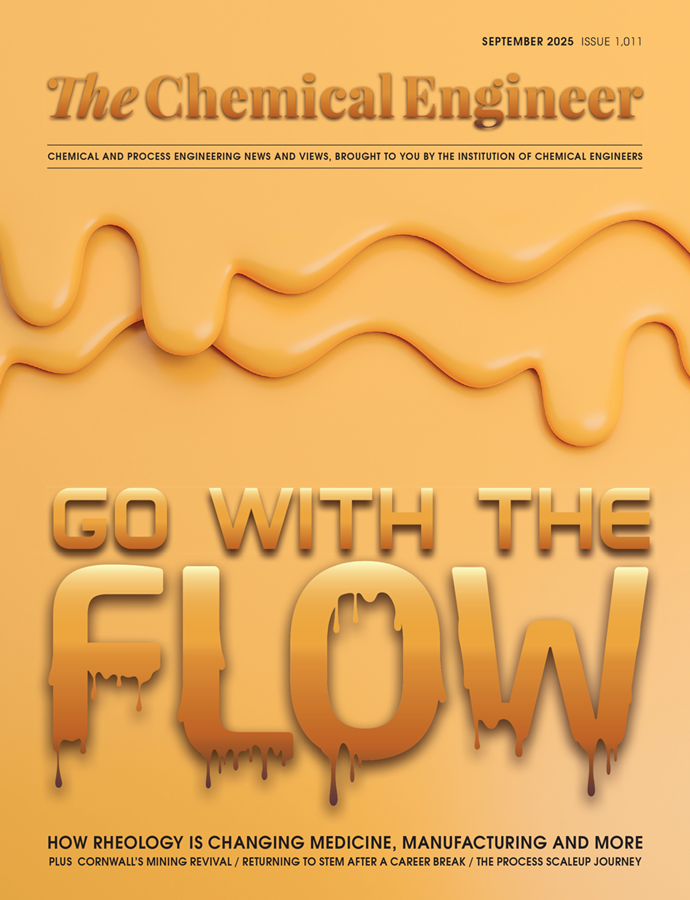MOF pioneers win 2025 Nobel Prize in Chemistry for breakthroughs in carbon capture and water treatment

RICHARD ROBSON, Susumu Kitagawa, and Omar Yaghi have been awarded the 2025 Nobel Prize in Chemistry for their pioneering work on metal-organic frameworks (MOFs) – porous crystal structures now widely used in carbon capture, water treatment and other environmental applications.
Laying the foundations
Their research, spanning more than a decade, laid the foundation for MOFs’ remarkable ability to trap and store gases, opening new frontiers in sustainable chemistry.
“We’re trying to make organic units with specific geometric and chemical properties, which are designed to interact with infinite structures of targeted connectivity and geometry,” said Robson, who produced the first MOFs in the early 1990s.
Robson, who has been a lecturer and researcher at the University of Melbourne since 1966, attributes his work on MOFs to a collaboration with fellow researchers Bernard Hoskins and Brendan Abrahams at the university, who “provided the real science”.
In the earlier years, Robson had been testing positively charged copper-ions with four-armed molecules which when bonded created crystals that looked like “a diamond filled with innumerable cavities”.
While Robson’s early MOF structures were unstable and prone to collapse, it was the subsequent research by Kitagawa and Yaghi that provided the foundation for MOFs as a robust and versatile technology.
Kitagawa predicted the flexibility of MOFs and gases could flow in and out of structures, whereas Yaghi showed that MOFs could be stable and manipulated using rational design.
Yaghi, who is a professor of chemistry at the University of California, Berkeley, has developed a range of MOFs, specifically in water harvesting, taking water directly from the air. He also developed two other classes of related porous materials, covalent organic frameworks (COFs) and zeolitic imidazolate frameworks (ZIFs), which can also be used for the capture and storage of CO2 and other gases.
Kitagawa is a professor at Kyoto University’s Institute for Integrated Cell-Material Science (iCeMS), and continues his research into MOFs, also known as porous coordination polymers (PCPs). His work has expanded the application of MOFs into areas such as energy storage, catalysis and gas purification.
The potential of MOFs
The impact of MOFs has extended far beyond the lab, with researchers building on the laureates’ work to develop more than 100,000 structures aimed at tackling global challenges, including PFAS contamination and CO2 capture.
Some MOF structures, including those developed by Yaghi, are capable of capturing CO2 from flue gases produced by industrial power plants. The technology has been widely adopted for carbon capture, with BASF deploying it at commercial scale to trap “several hundred tonnes per year” of CO2 from industrial emissions.
The Nobel Prizes will be presented to the laureates on 10 December – the anniversary of Alfred Nobel’s death.
Recent Editions
Catch up on the latest news, views and jobs from The Chemical Engineer. Below are the four latest issues. View a wider selection of the archive from within the Magazine section of this site.




